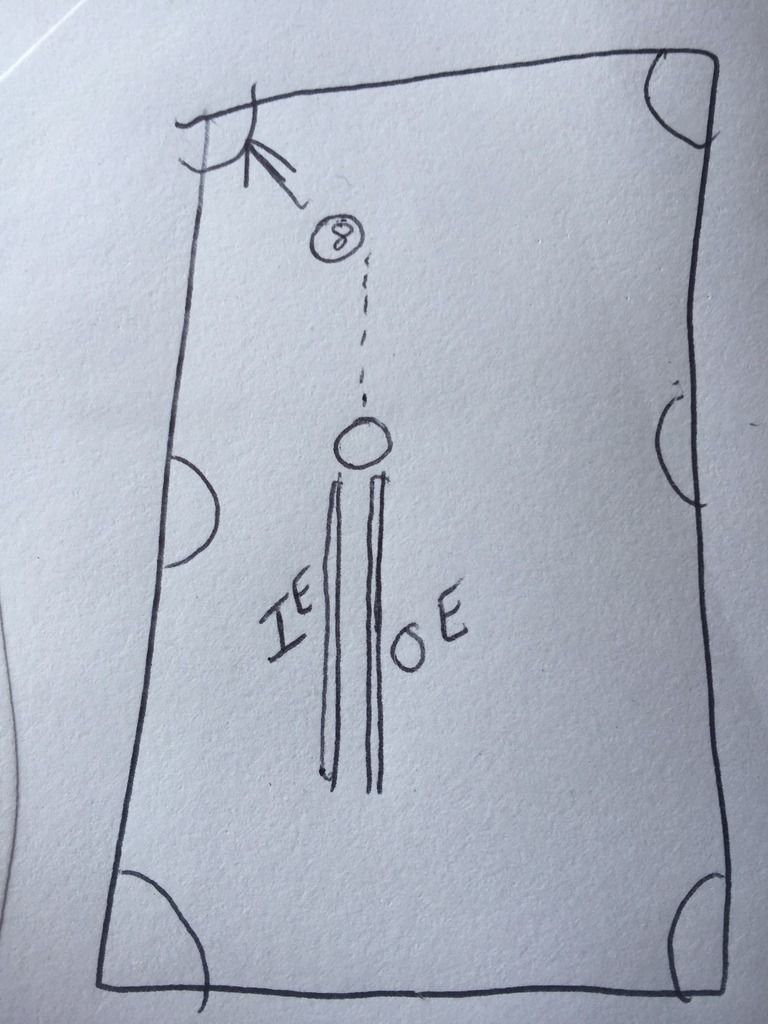Please don't devolve this into an aiming thread. I am simply trying to understand terms.
Obviously I'm slow on the uptake because I can't get my head around how some define those terms.
Isn't it just "outside english" would be away from the pocket you are shooting at, and "inside english" would be towards the pocket?
I had someone explain it to me at league and I just couldn't understand the definition given.
Obviously I'm slow on the uptake because I can't get my head around how some define those terms.
Isn't it just "outside english" would be away from the pocket you are shooting at, and "inside english" would be towards the pocket?
I had someone explain it to me at league and I just couldn't understand the definition given.
